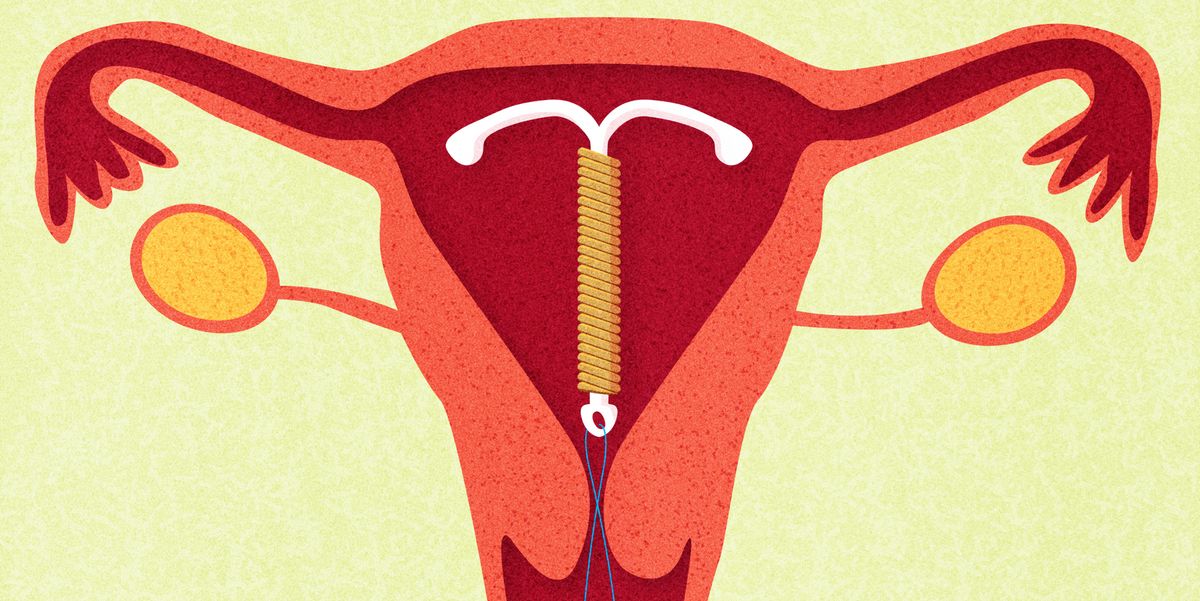If you are looking into a long-lasting birth control method, an intrauterine device, commonly known as IUD, is one method you may want to consider. An IUD can offer up to 10 years of protection from pregnancy, depending on the brand type you use. Although it is a safe and effective birth control method for most women, not everyone can get an IUD. Knowing if you are a good candidate for New York IUD placement and what the procedure entails may clear any uncertainties. Here is more for you to learn about the intrauterine device and what its placement involves.
What is an IUD?
An IUD is a T-shaped device that your doctor or nurse inserts in your uterus, and it prevents pregnancy by inhibiting the sperm from fertilizing the egg. The two IUDs (hormonal and non-hormonal) are long-acting reversible contraception. Hormonal intrauterine devices contain protesting hormones that they gradually release into your body. They tend to lighten your menstrual flow and may benefit women with heavy periods.
Non-hormonal IUD is made out of copper, which creates a toxic environment for the sperms and repels them as they swim towards the uterus. When placed correctly, an IUD is more than 99% effective. If you consider an IUD as your birth control method, here is what you need to do.
How to prepare for intrauterine device placement
It is always best to consult with your doctor to ensure that an IUD will be an effective form of contraception for you. Although most healthy women are good candidates for IUDs, they are a better option for women with one sexual partner, who are less susceptible to sexually transmitted diseases. Rarely will the shape and size of the uterus affect the placement of the device.
Hormonal IUDs are generally safe, but your doctor may advise against them if you have liver disease, breast cancer, or are at risk of breast cancer. An IUD may also not be an option if you are pregnant, have a recent pelvic infection, STD, cancer, and unexplained vaginal bleeding.
What does IUD placement involve?
A few hours before placement, your doctor may require you to take painkillers such as ibuprofen to offset any cramping during and after the procedure. The process can occur in your doctor’s office, and the first steps of the procedure are similar to getting a pap smear. You will lie on a flat table and place your feet in stirrups, allowing the doctor to access the vagina easily.
Using a speculum, the doctor holds your vagina open and inserts a small tube containing the IUD through the cervix to the uterus. Finally, your healthcare provider pushes the IUD out and pulls the tube out, leaving a string hanging approximately 1-2 inches into the vagina. The process is uncomfortable, and you may experience cramping and bleeding, which usually go away after a few days. Depending on when your doctor places the IUD during your menstrual cycle, you may need to use a condom for at least a week.
If you want to get an IUD, consult Inger Zilberstein, MD.










